Organic vs Non-Organic Farming: Practices, Benefits & Challenges
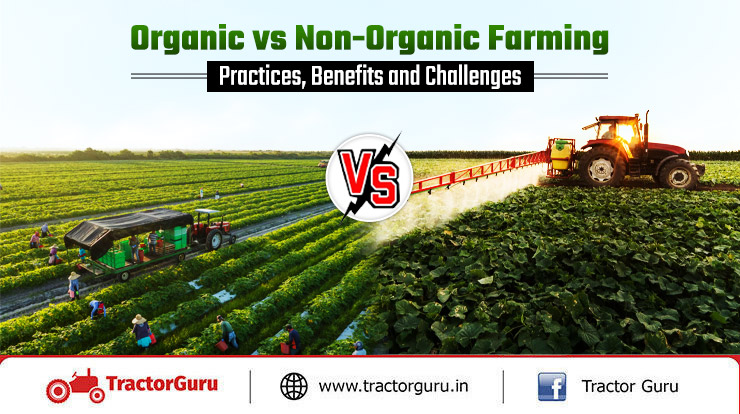
There has always been a debate among organic and conventional farmers between consumers, environmentalists, and regulators. Despite the dissimilarity in most farm practices, the environment, economy, and consumer health are all affected. Organic farming has received much attention in the last ten years, aligning with sustainable development. It encompasses an integrated approach that prevents nature and conserves the health of ecosystems and animals. However, conventional farming, also called traditional or industrial agriculture, uses synthetic fertilizers, herbicides, and genetically modified crops.
In this blog, we will define organic and non-organic farming, their advantages, and disadvantages. We will also examine ways and strategies to integrate both approaches to develop a manageable and optimal agricultural system.
What is Organic Farming?
Organic farming refers to a few synthetic methods that are allowed when growing crops and rearing livestock. This does not include the use of chemicals in farming, such as pesticides, herbicides, and fertilizers. It does not employ chemical fertigation to feed the soil but rather uses compost, manure, and an integrated pest management system.
Practices of Organic Farming
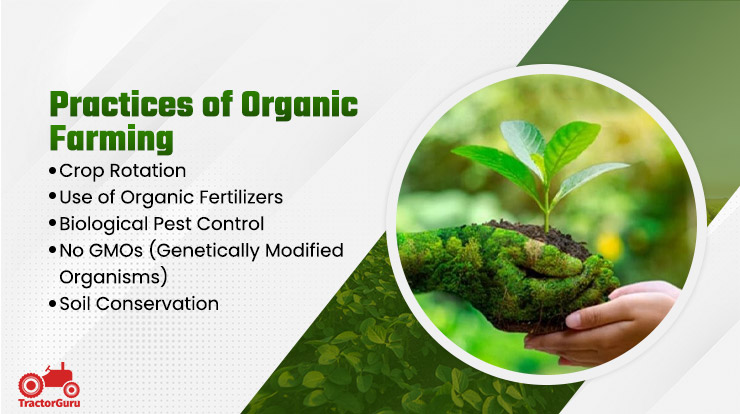
- Crop Rotation: Crop Rotation is a farming system in which one given area of land is used to grow different crops in different seasons. It helps reduce land exhaustion and fight pests and diseases. For instance, the production of beans enhances nitrogen as they prepare for the subsequent planting season.
- Organic Fertilizers: These are products derived from plants or animals, such as compost, manure, and green manure. While compost supplies the proper structures for the roots to grow on, it also supplies the structural portion of the soil. In contrast, manure supplies nutrient components and contributes to soil fertility.
- Biological Pest Control: Organic growers apply natural antagonists and sowing techniques to manage pests that are different from the use of pesticides. For example, ladybugs feed on aphids, while planting tomatoes alongside marigolds helps repel nematodes. These techniques also help maintain balance and reduce the utilization of chemicals to control pests.
- GMO-Free: Organic agriculture also ruled out GMOs and resorted to the use of heirloom seeds and traditional breeding to avoid genetic uniformity and retain genes that produce variations proper to the local ecosystem.
- Soil Conservation: Some of these practices include cover cropping, minimum tillage, and mulching as protective measures for the soil. These practices are helpful when it comes to soil erosion control, improving soil fertility, and promoting microbial activities. Conservation tillage uses more or less IO as regular, and mulches maintain moisture levels and give out nutrients as they decompose.
Organic Farming Benefits:
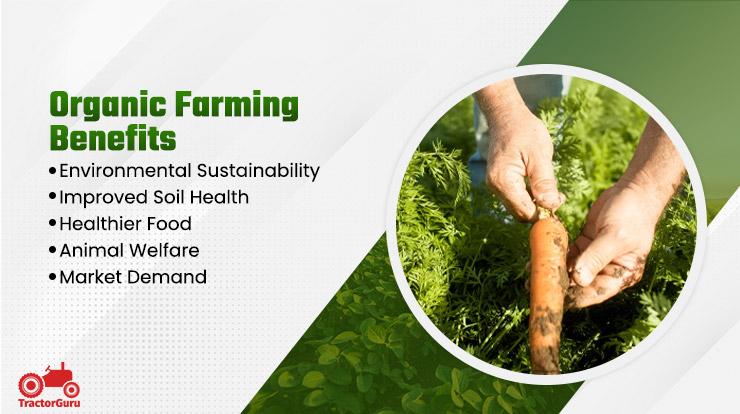
- Environmental Sustainability: There is less pollution, which boosts organic farming since it does not use synthetic chemicals to improve the yield. Organic farming allows for the creation of suitable environments for insects and microorganisms, encouraging strong ecosystems.
- Healthier Food: Organic food contains no synthetic chemicals, and the population of microorganisms industrialised has greater concentrations of vitamins, minerals, and antioxidants. Also, the use of antibiotics in livestock is excluded, making animal products safer and healthier.
- Animal Welfare: Organic farming also emphasizes animal-friendly practices. Livestock are given direct access to pastures, natural feed, and facilities where they can exhibit their natural instincts. This approach improves the quality of animal products.
- Market Demand: There is a growing awareness among buyers about organic foods. Their desire to purchase these products gives farmers the opportunity to sell at higher prices. The global market for organics can increase farmers’ profitability.
Challenges in Organic Farming
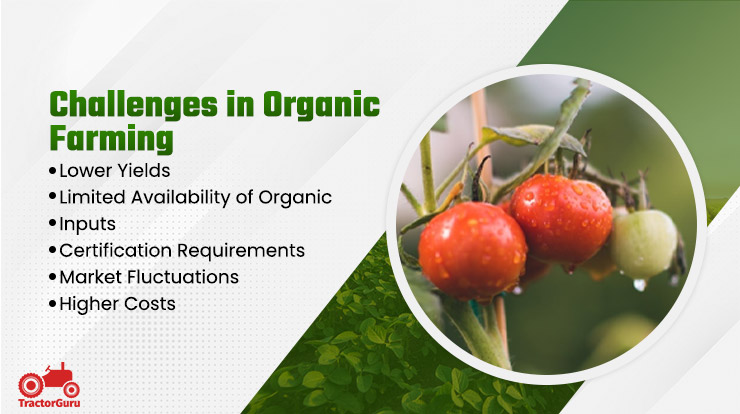
- Lower Yields: In organic farming, the yield is typically lower than in conventional methods. This is because organic farmers avoid using ammonia and pesticides. This can often be difficult, especially during the transition period, particularly in regions where there is a higher demand for food.
- Higher Costs: In most instances, organic products are more expensive to produce because they require costly labor, expensive organic inputs, and are more time-consuming.. These costs have the potential of incorporating higher price tag to the products with organic labels.
- Limited Availability of Inputs: The availability of organic seeds, fertilizer, and pest control can sometimes be a challenge, especially in developing countries where the culture of organic farming is not well developed. This may, in a way, hamper the chances of embracing organic practices.
- Certification Requirements: Eco-labelling requires a strict and long & expensive procedure and hence can be a hindrance for the small farmers. Education is also received on implementation of guidelines and procedures, as well as receiving periodic inspections.
- Market Fluctuations: It attributed this to fluctuations in consumer demand for organic products, which can severely impact farmers’ earnings. Market instabilities may arise from economic factors, changing consumer tastes and preferences, and competition from traditional products.
Future of Organic Farming
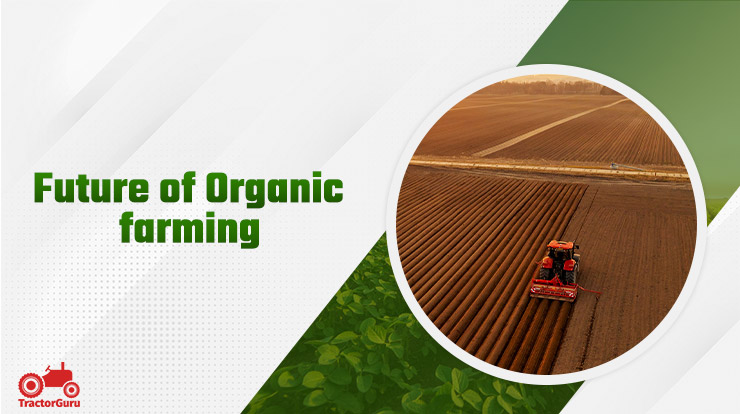
As people are becoming more conscious of their environment and health consciousness so the demand for organic farming will increase in future. The use of technologies like precision farming and organic biopesticides could meet threats like reduced yields and high costs.
Additional support through government policies and subsidies can significantly boost the growth of organic farming. Promoting sustainable agriculture through these measures can help increase the share of organic farming.
Non-Organic Farming
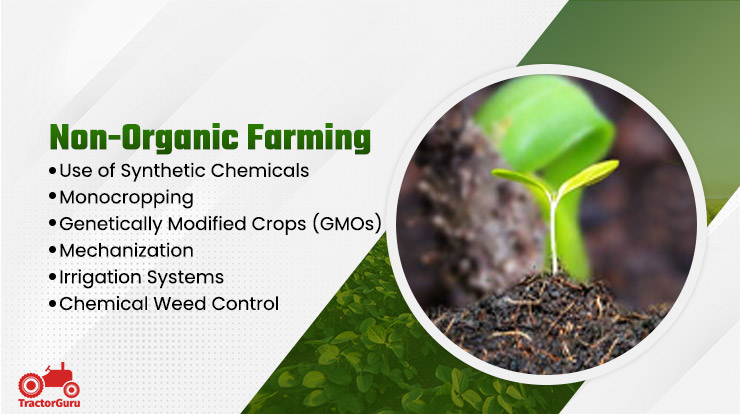
Non-organic or conventional farming is the most popular farming technique worldwide. It utilizes synthetic chemicals, genetically modified organisms, and highly enhanced machinery in the production process to achieve high yields and minimize labour. This approach is being used to feed the world by producing vast amounts of food in a very short span of time.
Non-Organic Farming Practices
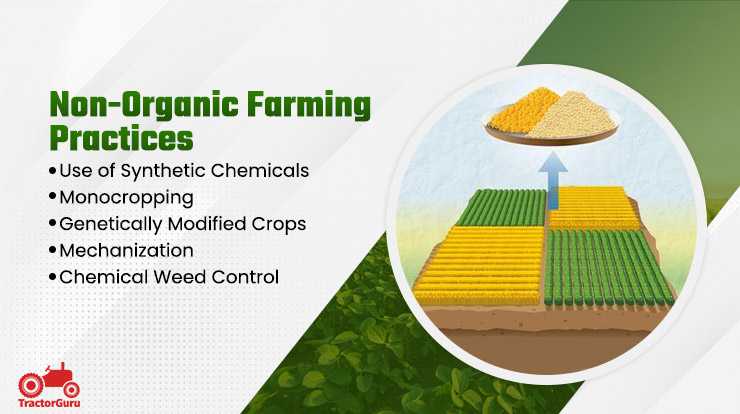
- Use of Synthetic Chemicals: Mechanised conventional farming involves the use of fertilisers, chemical sprays, and weedicides to enhance farming output and promote growth on the farms. However, this practice has some drawbacks, such as environmental impacts, such as water and soil pollution.
- Monocropping: Growing a single plant type on a large acreage is easy in terms of management, but it causes soil erosion and pests and diseases that may require more chemicals.
- Genetically Modified Crops (GMOs): These are crops that have been genetically modified to outrace pests, diseases, and even stress factors in the environment. Another technique used is GMOs. Though these are effective, they pose some environmental and health effects in the long run.
- Mechanization: Modern technology and engineering are used in crop planting, watering, harvesting, and processing crops. This mechanization raises productivity and minimizes labour input while it depends on fossil energy and usually substantial requirements of capital investment.
- Chemical Weed Control: Herbicides can be used to control weeds, thereby minimizing the Human labour involved in weed pulling. Nonetheless, the constant application of these chemicals results in nonsensitive weed species and pollution of the environment.
Non-Organic Farming Benefits
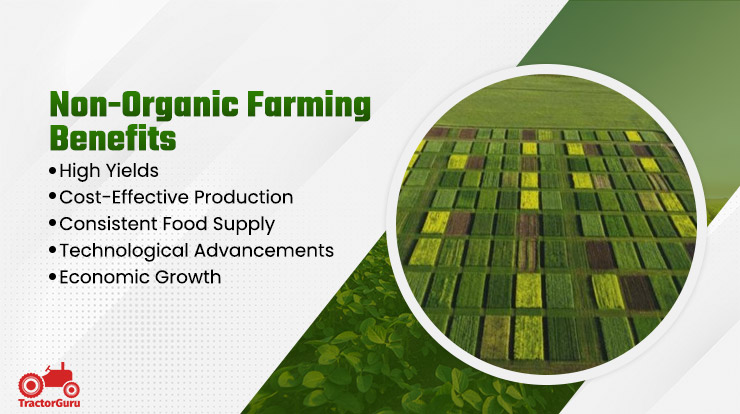
- High Yields: Modern and industrial cultivation practices benefit high agricultural production, which is necessary to meet the needs of the expanding population. This productivity is necessary to feed the ever-growing population, especially people in the densely populated regions of the world.
- Cost-Effective Production: It mechanizes food production, hence reducing the cost of food production through the use of synthetic inputs. This efficiency is beneficial for increasing food production, especially for the markets.
- Consistent Food Supply: Although conventional farming is not as sustainable as organic methods, it provides feasible and sustainable food sources and stabilises markets.
- Technological Advancements: Research and development have provided new, improved, and better methods of resource use in conventional farming.
- Economic Growth: The intensification of agriculture has given employment and boosted the income of rural regions. Conventional farming, too, is a major boost to the national GDP due to the large sizes of farms.
Future of Conventional Farming
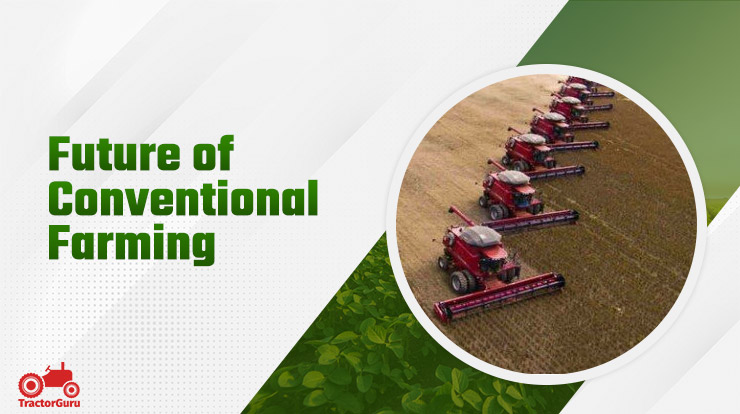
Conventional farming will remain relevant at present and in the future as a means of food production, especially in developing countries. Key technologies like precision agriculture, biotechnology, and automation can enhance efficiency while minimizing environmental impact. To remain sustainable, conventional farming methods will have to overcome their social and environmental such as extensive use of chemical fertilizers and chemical tillage.
Conclusion
The debate between organic and conventional farming is not about choosing one method over the other but finding ways to integrate the best aspects of both approaches. Organic farming offers significant environmental and health benefits, while conventional farming provides high yields and efficiency. By combining these approaches, we can create a future where agriculture is both productive and sustainable, addressing the needs of a growing population while preserving ecological health.



